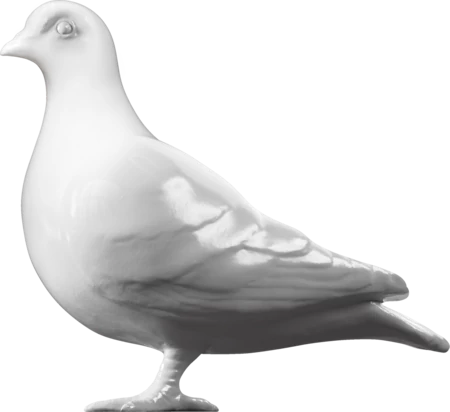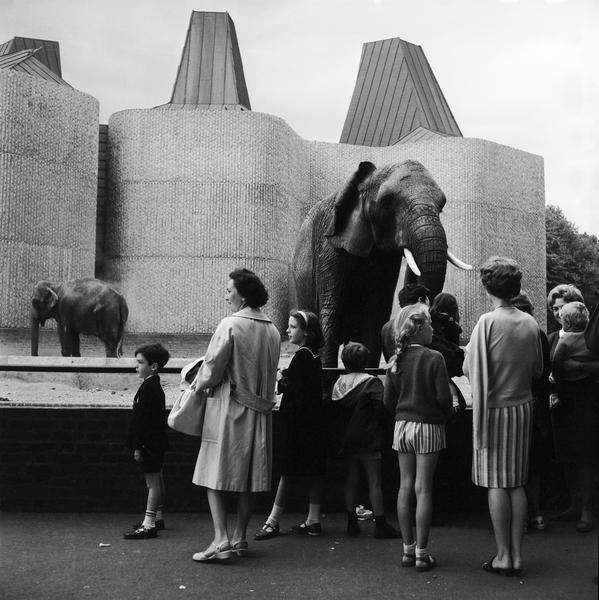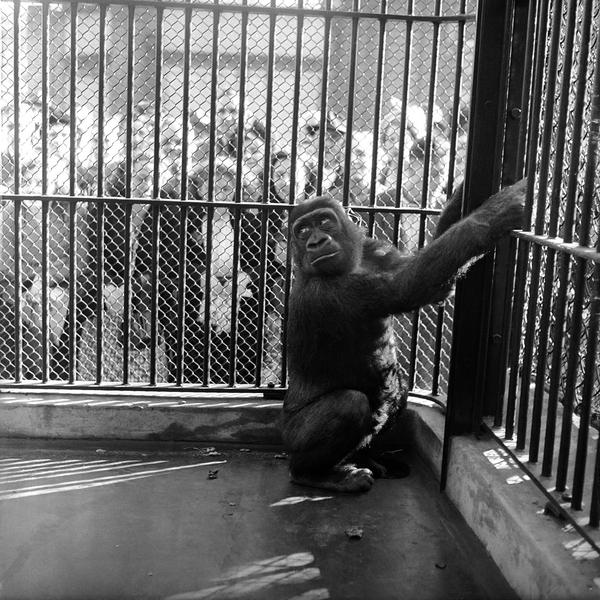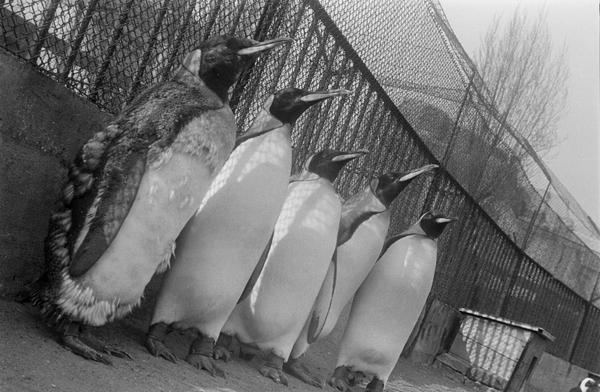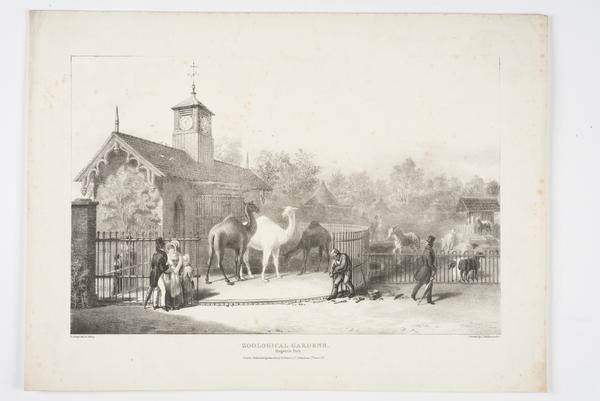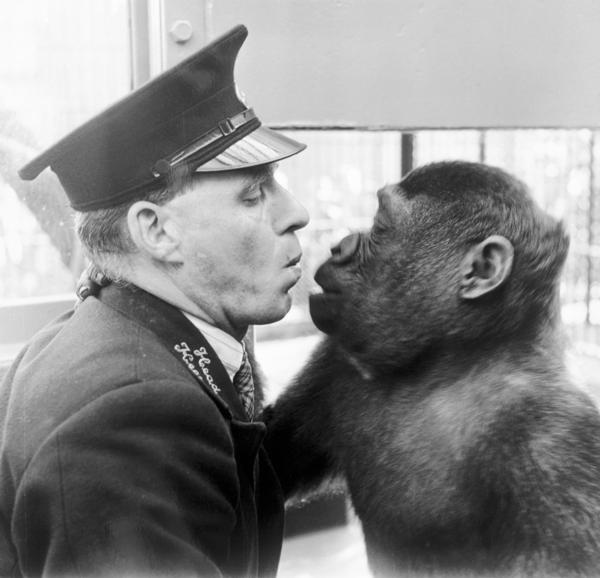The animals of London Zoo in the 1950s
A trip to London Zoo has been a memorable day out for generations. Here are some of the animals you'd have seen if you visited in the 1950s, snapped by photographer Henry Grant.
Regent’s Park, City of Westminster
1950s

Flamingos
Grant photographed these flamingos in 1951. The zoo’s flamingos still live in Three Pond Island, which was built in 1832 to a design by leading architect and landscaper Decimus Burton. The artificial pond is the only landscaping from the early gardens to have survived.

Elephants
London Zoo began keeping these majestic mammals in the 1800s. A huge African elephant called Jumbo was one of its most famous residents. Elephants were once trained to perform tricks and give rides to the public. But knowledge of animal welfare has changed immensely since Victorian times, and there haven’t been elephants in Regent’s Park since 2001.

Tigers
A young child gets up close to a couple of tiger cubs. Three cubs had been born at the zoo and caused great excitement with visitors. Sadly they all died from a calcium deficiency after their mother abandoned them.

Penguins
A group of Antarctic penguins (a mix of emperor, macaroni, ringed and gentoo) arrived at the zoo in 1950. They lived in a concrete penguin pool, built in 1934, which featured two interlaced spiral ramps. Designed by Berthold Lubetkin, it was later designated a Grade I-listed building by English Heritage. The zoo’s penguins moved to better accommodation in 2004.

Polar bears
In 1949, a polar bear called Brumas was the first to be successfully reared to adulthood in Britain. Her parents, Micha and Ivy, are pictured here. Brumas was one of the most popular animals to ever live at the zoo. In 1950, three million visitors walked through the Regent’s Park gates – a figure never reached since. London Zoo stopped keeping polar bears in 1985.

Gorillas
This is Guy the Gorilla, who arrived at London Zoo on Guy Fawkes night (hence his name) in 1947. He was another star attraction, popular in part for his gentle nature, and lived at the zoo for 31 years. He died of a heart attack in 1978 after having a tooth extracted. A bronze statue of Guy by artist William Timym greets visitors at the zoo’s entrance today.

Pelicans
The pelicans pictured here were a gift from the State of Texas. The new birds were named Gal, Ves, Ton and Tex and were kept at London Zoo until they adjusted to the British weather. They were later released into St James’s Park, where pelicans have been kept since 1664.

Bears
In January 1951, two brown bears called Minnie and Pickles became parents to two cubs. Baby animals always mean more visitors, so the zoo spread the word about these new arrivals. In the early 1900s, the zoo kept a famous bear called Winnie, who inspired author Alan Alexander Milne to name his teddy bear character Winnie-the-Pooh. There are no longer bears at London Zoo.
